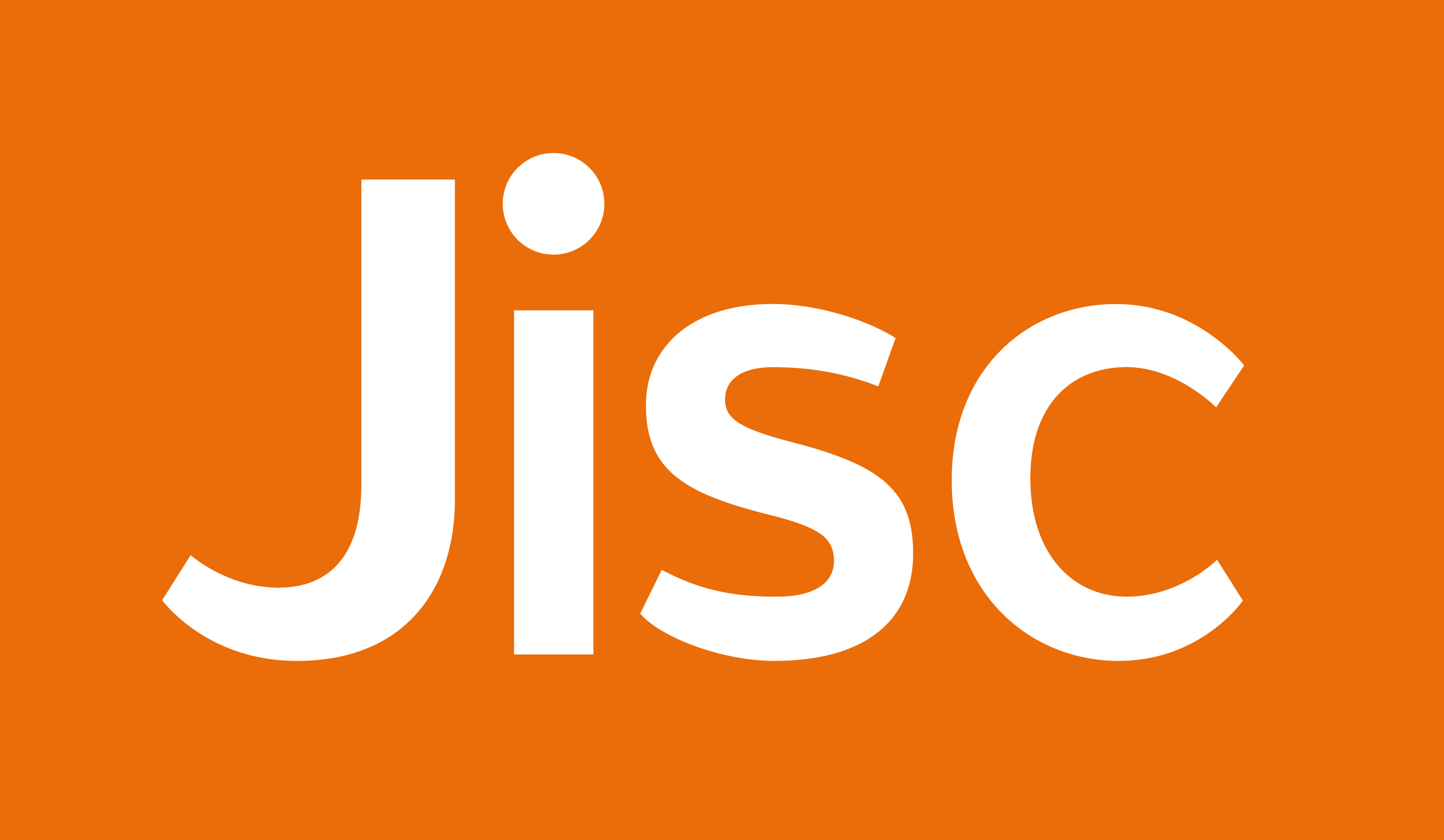Introduction
 The Preservation Action Registries project (http://parcore.org) is developing a common and consistent way to describe and execute preservation policies and actions at a technical level. An initial data model has been created which defines a human and machine-readable way of describing preservation actions and the associated business rules that together make up preservation policies.
The Preservation Action Registries project (http://parcore.org) is developing a common and consistent way to describe and execute preservation policies and actions at a technical level. An initial data model has been created which defines a human and machine-readable way of describing preservation actions and the associated business rules that together make up preservation policies.
Using a skill acquisition technique borrowed from the medical profession (See One, Do One, Teach One) this workshop will lead participants through a three-step process, intended to improve the participants' ability to develop and describe their own digital preservation policies. The workshop will help participants to better express and share preservation policies in a concise, comprehensive and unambiguous way.
Participants will be introduced to the PAR project and data model, using examples of working preservation actions and business rules. In smaller groups, participants will be led through the process of describing a new preservation policy using the PAR data model. Finally, groups will present their work to the other groups.
Through this approach, the participants will gain valuable skills described below while the PAR consortium will also be able to answer key questions including:
- Can the PAR model effectively describe real world preservation scenarios
- What changes are needed to the PAR model to make it more effective, and in what preservation scenarios are they needed?
- How easy is it to use the PAR model in practice and how could it be simplified or improved?
Pre-requisites for attendance
The only pre-requisites for attending the workshop are:
- Participants should bring one or more preservation policies that they already use in their organization (or would like to implement). They should be prepared for these to be described, analyzed and shared in the workshop. The policy does not need to be written up in any particular format.
- Participants are expected to actively participate in the workshop.
Examples of policies might include:
- We expect digitized images to be of a specific colour depth.
- The contents of disk images must be extracted and the formats within must be identified.
- Textual records from certain donors need to be scanned for personally identifying information.
Structure of the Day
Introductions and overview of PAR
The first part of the event will provide an overview of the PAR project, its objectives and results to date. This will include a review of the PAR data model and how this can be used to define preservation policies based on preservation actions, tools and rules. The PAR data model will provide the framework for the practical session and allow project participants to describe their preservation policies in a consistent way.
PAR by Example (See one)
The PAR consortium will provide the attendees with ready-worked examples showing how the PAR approach can be used to describe preservation policies. These will be based on user scenarios and the specific preservation actions needed to achieve this This will enable the attendees to familiarise themselves with the concepts before they are asked to develop their own descriptions.
PAR by Practice (Do one)
Attendees will be split into small groups and asked to select one or two preservation policies to work on from the candidates brought by the attendees. Each group will discuss the policies and develop a description using the PAR framework. A member of the PAR consortium will facilitate each group. Each group member will be involved, e.g. by focusing on different aspects of the description, such as the business rules, tool specification, action definition etc..
PAR by Demonstration (Teach one)
Each group member will present their group’s description of a preservation policy to a member of another group. This is to be done in pairs or small groups. Everyone will get the chance to teach as well as listen and comment on other people’s policy descriptions.
Feedback and next steps
The final stage of the workshop will be used to capture general comments and feedback on the participants experience with the PAR approach. This will be done as a plenary involving all participants so everyone has a chance to contribute and share their suggestions for PAR improvements
Agenda and Recordings
10:00 - Coffee and registration
10:30 - Introduction / Overview of the day (Martin Wrigley, OPF)
10:40 - PAR Background and overview (Matthew Addis, Arkivum)
10:50 - PAR Model / Examples & Demo (Jack O’Sullivan, Preservica / Sarah Romkey, Artefactual)
11:20 - PAR Going Forward / Sustainability (Carl Wilson / Martin Wrigley, OPF)
11:35 - Workshop overview (Justin Simpson, Artefactual)
12:00 - Lunch break
13:00 - PAR Action Rules Workshop (Justin Simpson / All)
15:30 - Feedback and Discussion
Follow the event on Twitter using #dpcPAR
DPC Inclusion & Diversity Policy
The DPC Community is guided by the values set out in our Strategic Plan and aims to be respectful, welcoming, inclusive and transparent. It encourages diversity in all its forms and is committed to being accessible to everyone who wishes to engage with the topic of digital preservation. The DPC asks all those who are part of this community and/or attending a DPC event be positive, accepting, and sensitive to the needs and feelings of others in alignment with our DPC Inclusion & Diversity Policy.








































































































































